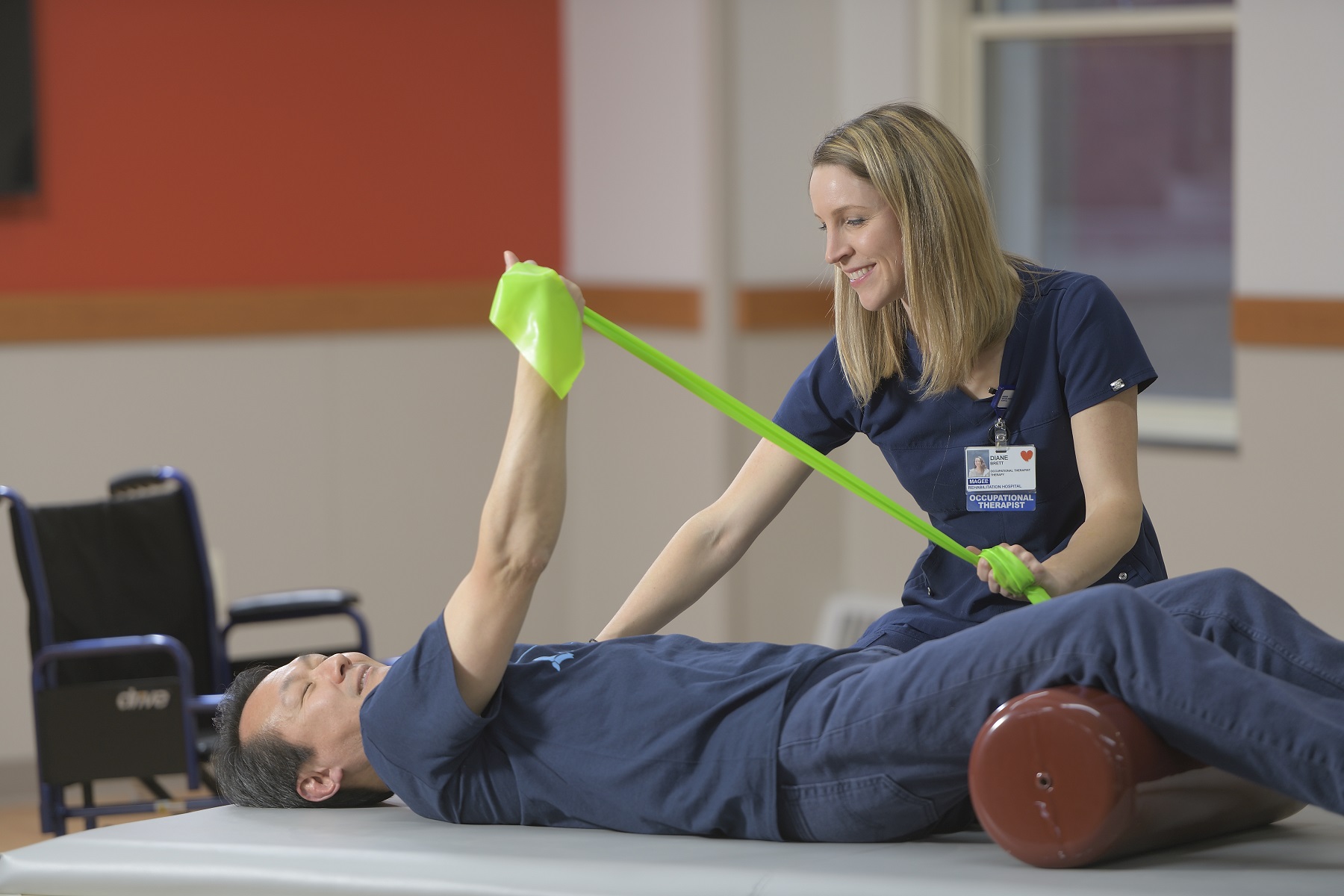Evaluating the Interplay of Articular Mobility and Balance in Patient Results
Joint movement and stability are crucial factors that influence client outcomes in physical therapy and rehabilitation. Joint range of motion refers to the extent of movement available at a joint, while stability entails the ability to sustain management of that joint during activity. When clients have optimal articular mobility, they can move their limbs unrestricted, which is essential for performing daily tasks. On the other hand, stability helps prevent harm by allowing the body to maintain correct alignment and balance during these actions. Grasping how these two factors interact can lead to improved care plans and enhanced recovery for patients.In many cases, patients with articular pain or injuries frequently experience a decrease in mobility. For example, disorders like arthritis can restrict how much a joint can move, making it challenging for individuals to perform activities such as ambulating or climbing stairs. Rehabilitation specialists commonly focus on activities that enhance range of motion through stretching and strengthening. These activities can help restore the extent of motion, making it more manageable for patients to engage in their daily tasks. However, enhancing mobility without considering stability can result to additional harm, highlighting the necessity for a balanced approach.

Stability is just as crucial in rehabilitation. When a articulation is deficient in steadiness, it becomes more susceptible to harm during movement. For example, an unstable knee Learn More articulation can lead to sprains or ruptures while running or leaping. To enhance control, therapists may integrate activities that fortify the muscle groups around the joint. These activities help support the articulation and avert excessive motion that could result to harm. By focusing on both range of motion and stability, rehabilitation specialists can provide a comprehensive care plan that meets the unique requirements of each patient.
The interaction between joint movement and stability is especially evident in sports medicine. Sports participants often require a elevated level of both mobility and control to perform at their best. For instance, a dancer needs to have limber articulations to achieve intricate movements look at this now while also preserving stability to prevent falls. In athletic conditioning, coaches and coaches stress the importance of cultivating both aspects to improve performance and minimize the risk of harm. This approach ensures that sports participants can move efficiently while keeping their joints protected during rigorous activities.
In conclusion, understanding the connection between joint mobility and control can lead to improved outcomes for clients in various settings, from therapy facilities to sports training centers. By promoting both aspects, medical practitioners can help patients recover their power and confidence. This integrated approach not only helps in recovery but also equips people with the tools they need to prevent subsequent injuries. As research progresses to advance in this area, the importance of combining mobility and control in care plans will remain a key priority for enhancing client care and overall health.